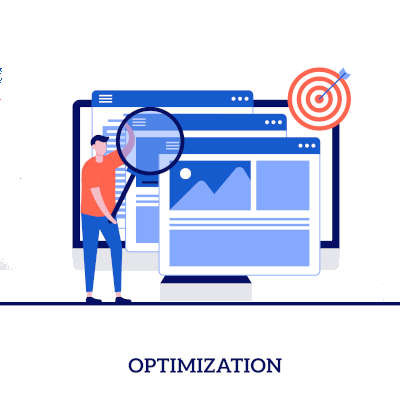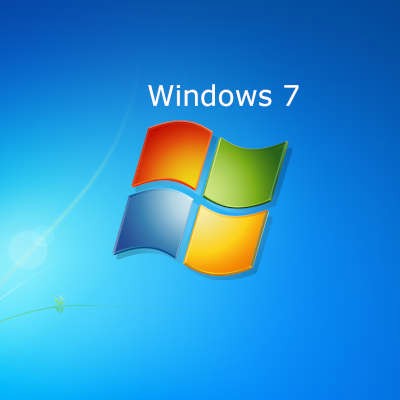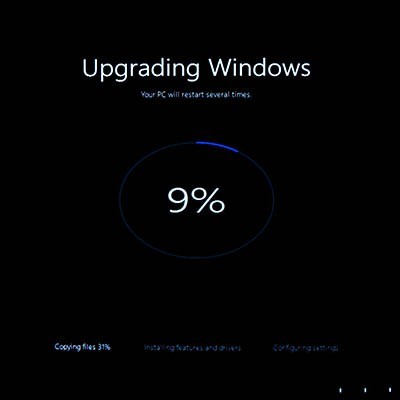Walsh IT Group Blog
With so many users worldwide embracing Windows as their chosen operating system for all kinds of purposes, there are many different settings that can be customized to best fit the different needs of a workplace as compared to a gamer’s or a family’s setup. Microsoft understands this, and so is testing out a new feature to help a user quickly personalize a device to its predominant use.
Windows 7 was once the best operating system ever made by leaps and bounds. Now, it’s unsupported and shouldn’t be found on any Internet-connected device. Unfortunately, this isn’t the truth as millions of people are still using Windows 7 for their businesses. Today, we will take a look at why Windows 7 is dangerous and what options businesses have to upgrade away from the unsupported OS.
Notifications are almost ubiquitous in computing nowadays, which is what makes it so surprising that--until just a few years ago--Windows notifications were either nonexistent or (when Windows 8 rolled around) effectively unusable. Fortunately, Windows 10 solved this problem with the Action Center. Let’s go over what the Action Center can do.
It wasn’t too terribly long ago that Windows 10 was offered for free to users of Windows 7 and Windows 8.1. While this offer was constrained to a limited time, the response was surprisingly stagnant. Why didn’t more people jump at the chance to snag the latest version of the operating system - especially when it would come at no cost to them?
I recently read a statement from the National Security Agency (NSA) expressing concerns over the risks and vulnerabilities that come with running unpatched versions of older Windows operating systems. First, you know it’s serious if the NSA, an entity in the US who depends on the collection and processing of information, is worried that your personal information is at risk. Second, it’s another in a long line of reasons to not allow your network to fall into such disarray that you can no longer protect it.
August saw yet another Patch Tuesday designed to resolve security issues in Microsoft products. Out of the 48 vulnerabilities resolved, 15 affected Windows, while 25 were rated as critical, 21 as important, and 27 that allowed for remote code execution. This might sound a little overwhelming, so we’ll try to simplify it a bit--a lot of flaws were fixed, and the majority of them can be considered dangerous for your organization.









